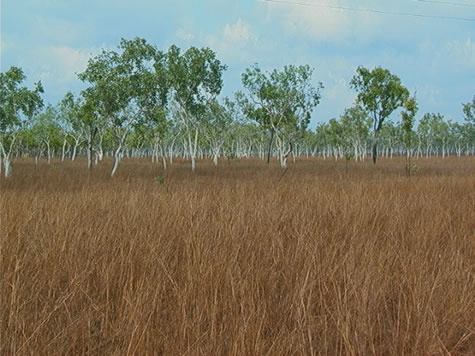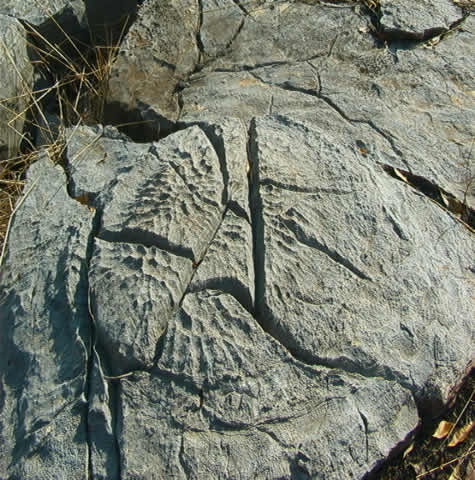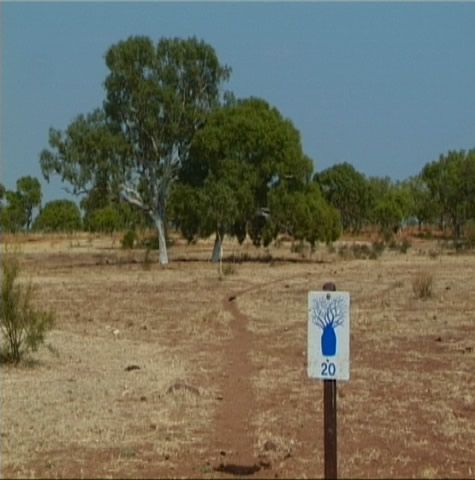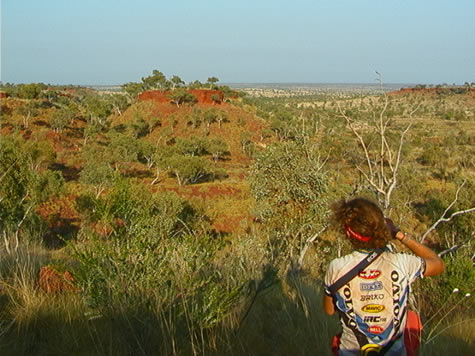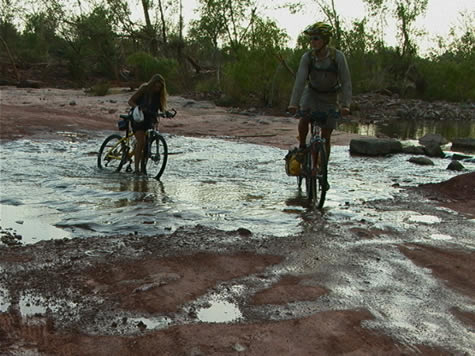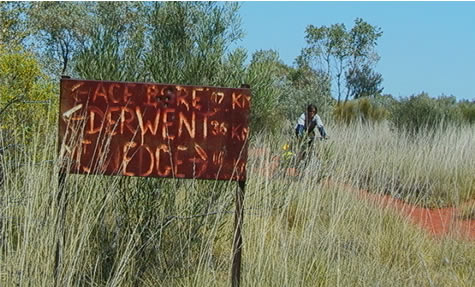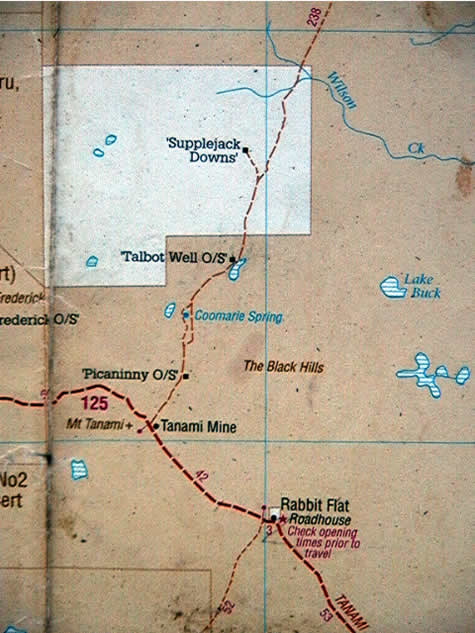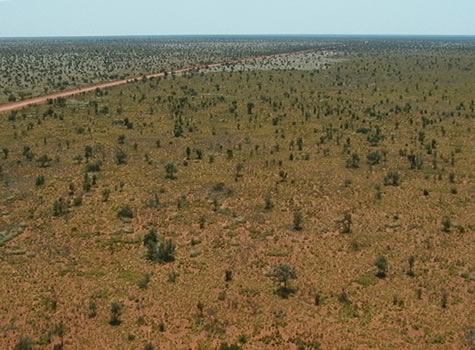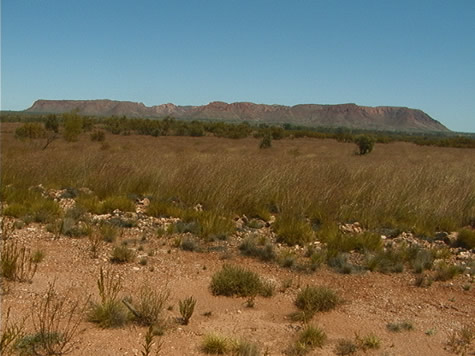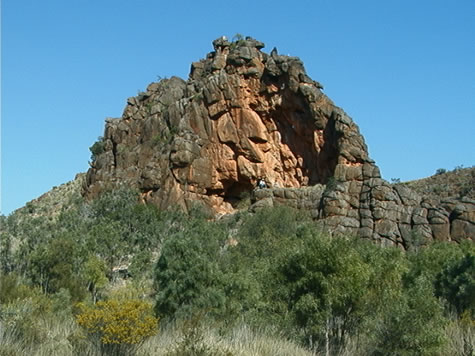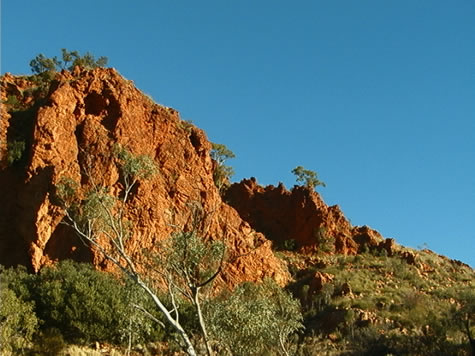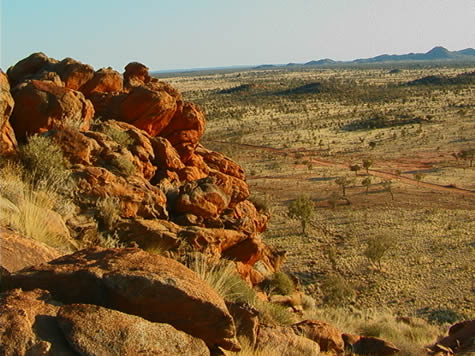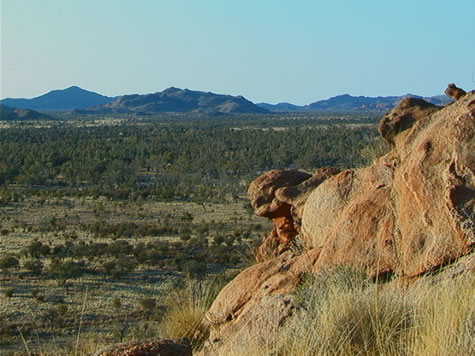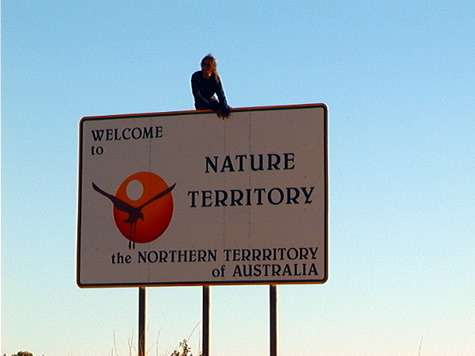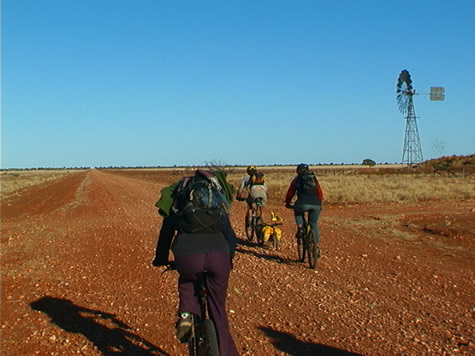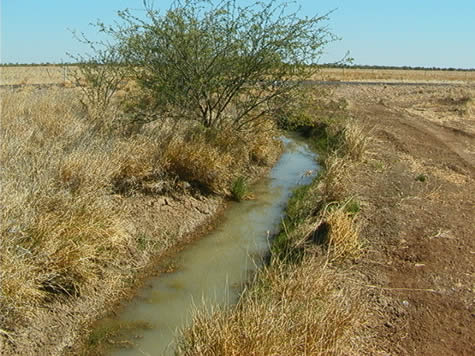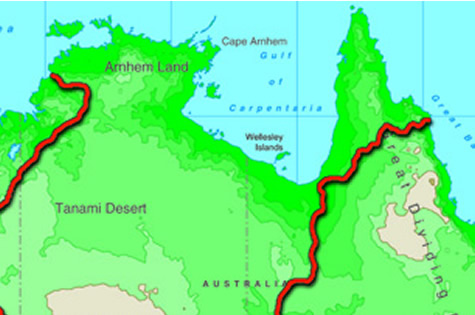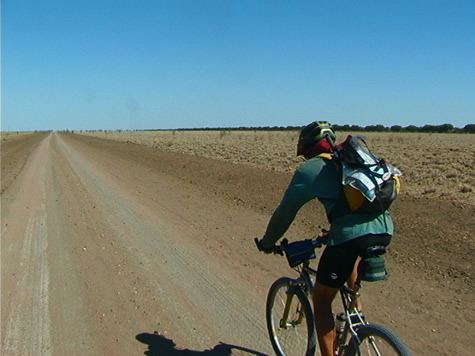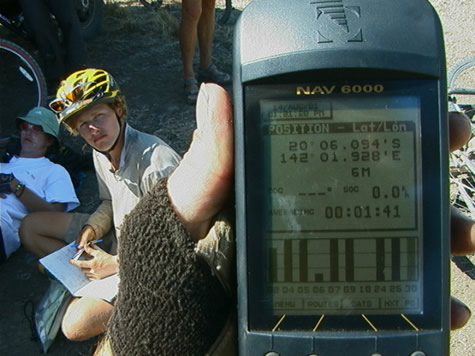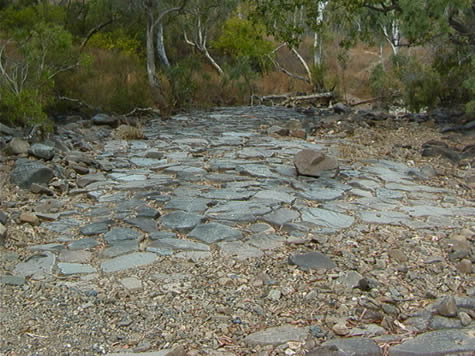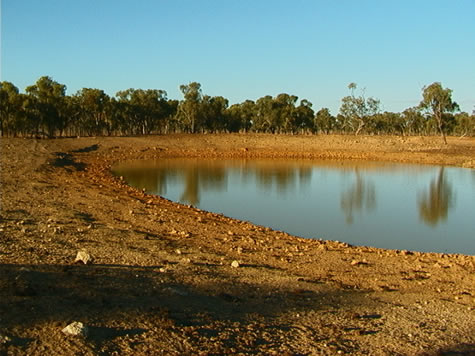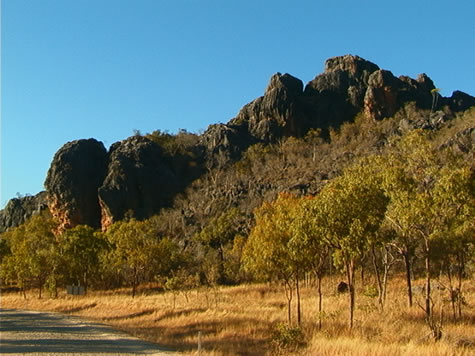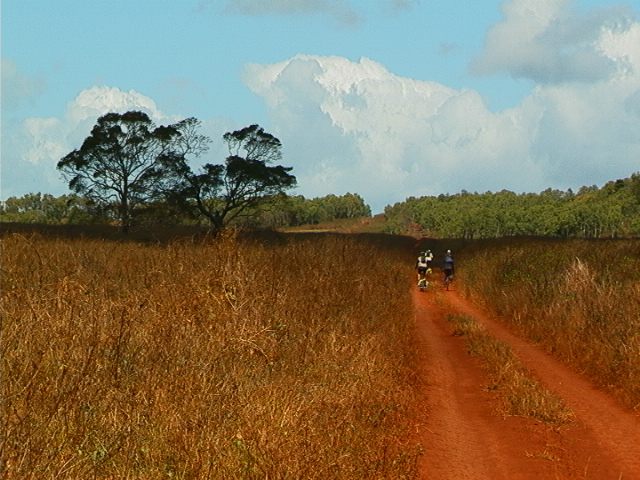Bird and Migration
THEME: Birds
SUBJECT AREA: Geography
TOPIC: Migration
2001 October 17, Wednesday
If you have been keeping up with us this far you probably know a little about the Wet and the Dry. --Seasons, that is. The Wet is when the Top End of Australia receives almost all of its rainfall (around 64 inches between November and April). The Dry is just the opposite—almost no rain to speak of between May and October. This sequence was a big determining factor for our itinerary since, during the Wet, so many of the dry river beds that we’ve passed through are surging with water and impassable.
This weather duality affects the itinerary of birds here in the Top End as well. It’s now mid-October and the usually strong south-easterly wind of the Dry season is beginning to abate. Many migrants take advantage of these seasonal wind shifts as they travel from south-east Asia to the top of Australia.
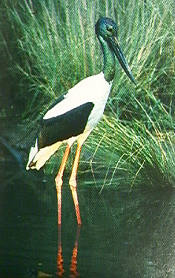
Many other transformations are beginning to take place to make the place appealing for these tourist birds as well. The Wet season is when large flying insects are at their peak. This is hard to resist for the dollarbirds. Native fruits become more common, too, which has the common koel and the channel-billed cuckoo just salivating all the way from New Guinea and Indonesia. When it’s back to the Dry season again, some of these birds will be packing up and heading north for better dining.
Shorebirds will also be at their most common as the top of Australia gets soaked again. Wading birds like the curlew, knots, sandpipers and plovers are forced to go south from as far away as Siberia because it’s just getting too cold for them up there. When they land in Darwin or Kakadu National Park, they may have been flying for up to 72 hours and hit the ground eating when they land (just like Crister does when he stops biking).
We’re at the end of the Dry now, a time when this area sees a lot of activity from the native Australian birds as well as the out-of-towners. It’s the time when the swamps and billabongs have receded to their utmost. Thousands of native water birds are starting to arrive to enjoy the easy pickings underneath—platters of crustaceans, amphibians and fish or, for the vegetarians, wild rice and rushes as they prefer. These birds include whistling ducks, magpie geese, the Jabiru stork and the pied heron.
Darwin is only a stopover point for some of these birds, a place for a little rest. Some plan to fly all the way to the bottom of Australia to make their home until the Dry moves in and it’s time to turn around and go north again.
Suggested learning activities: Find out what types of birds make their way past your house over the course of the year. Why might you see them there when they do?
todd
